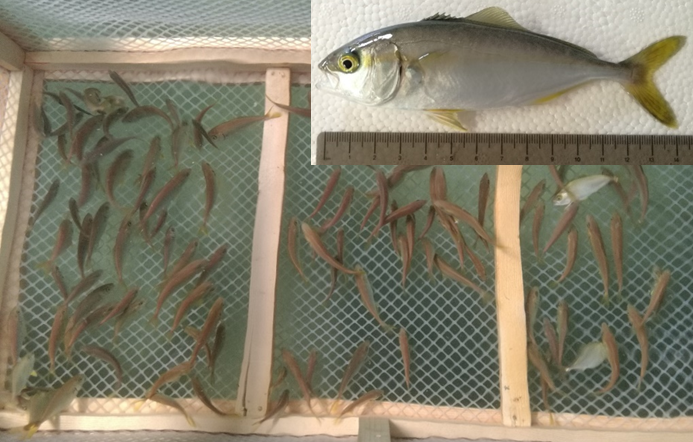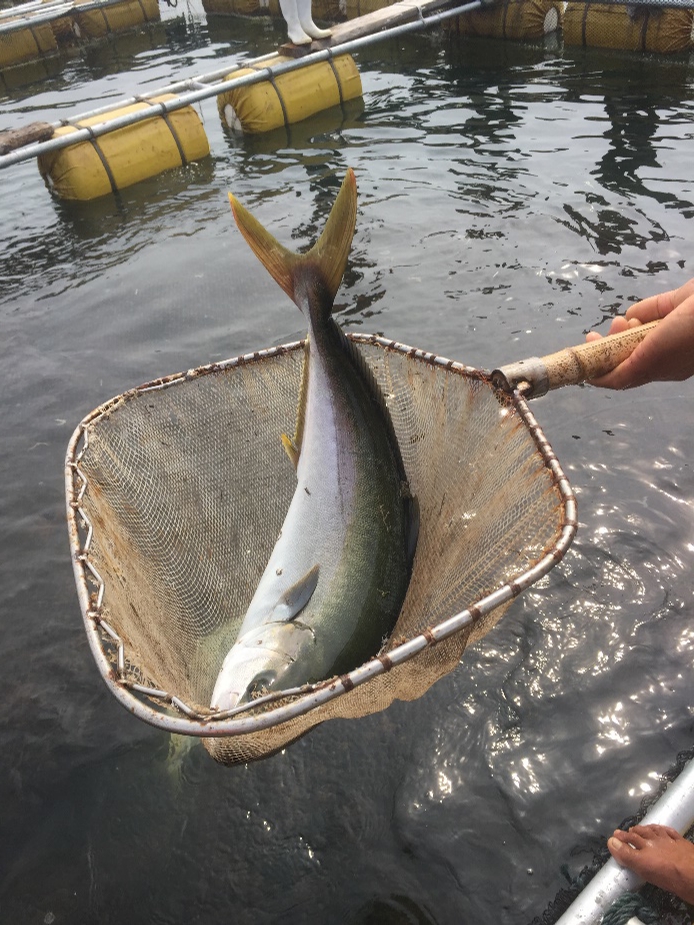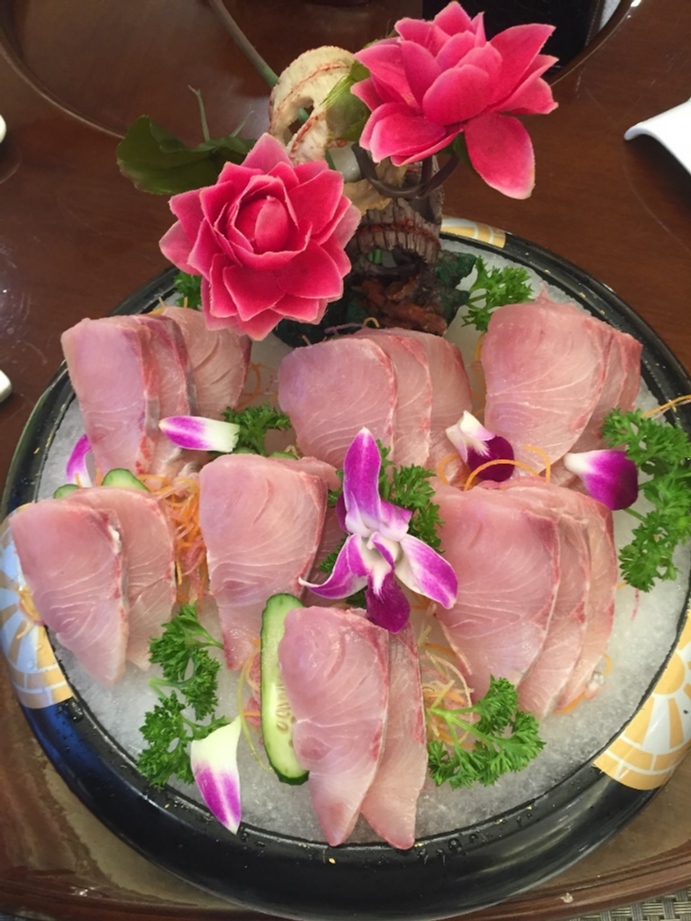China's marine fishery industry has entered a new era of transformation and upgrading. Conserving inshore fishery resources and developing deep-sea farming are the main theme of the new era. In particular, deep-sea cage culture mode has achieved rapid development in recent years, as deep-sea aquaculture ship and large-scale deep-sea farming platform are rapidly under construction, which will extend China's mariculture to the offshore areas. However, there are few species available for open ocean aquaculture in China, which is one of the bottlenecks to restrict the sustainable development of deep-sea aquaculture. Thus, it is essential to exploit suitable species to support the development of deep-sea farming industry in China.
Yellowtail kingfish (Seriola aureovittata), also called yellowtail amberjack, is one of the larger members of the genus Seriola. This species is globally distributed and also widely distributed at China coastal waters, which is characterized as the big body size, a clear golden yellow longitudinal band from the snout to the tail, and the yellow color of pelvic fin, buttocks, and caudal fin edge. Yellowtail kingfish is a temperate teleost, mainly feeding on anchovies, whitebait and other small fish as well as cephalopods, crustaceans and other marine animals. The suitable temperature for its growth is between 18 and 29℃, and the suitable salinity ranges from 25 to 34 ppt. It is recorded that the individual has a body length of up to 1 meter and the weight of up to 60kg or more.
Very recently, under the support of project “Yellowtail Kingfish Artificial Breeding Technology”, Yellow Sea Fisheries Research Institute (YSFRI), CAFS has achieved the first success in obtaining juveniles of yellowtail kingfish in China. The YSFRI research team has been devoting great effort to overcome several key technology difficulties including: wild broodstock domestication, land-sea relay culture technology, broodstock maturation and natural spawning, etc. Batches of fertilized eggs have been obtained, and the morphological development and growth in early life stages, feed series and feeding strategy, seed cultivation key technologies of yellowtail kingfish have been established. A total of 24 thousands of juveniles with an average total length of 13.6 cm and average weight of 28.4g has been produced. In recent years, due to global decline in natural resources and continued increase in consumption demand of yellowtail kingfish, the interest in development of its farming technology has been stimulated in many countries all over the world, such as Japan, Australia, New Zealand, USA, and South Korea. However, the aquaculture industry mainly relies on capture of wild juveniles until now.
Yellowtail kingfish features the large body size, rapid growth, and fresh muscle which contains 16 kinds of amino acids required by the humans, especially the content of "EPA + DHA" is up to 20.77%, which making this species rivals Tuna and Salmon. Yellowtail kingfish is particularly suitable for sashimi, with high economic value, and for domestic and international market demand. Data from YSFRI team showed that in northern China, the yellowtail kingfish fingerlings could grow to about 400 g at the end of the underyear autumn through land-sea relay culture mode, and then obtained a body weight of 2-3 kg during the next appropriate growth period (5 months each year). If reared in southern China waters, this species may grow even faster. At present, the YSFRI team is working on genetics, growth and environmental adaption mechanisms, broodstocks breeding, gametes evaluation, massive seedlings production technology, deep-sea cage culture technology, etc., which would provide robust theory and technical support for the fast and sustainable development of yellowtail kingfish culture industry in China. Yellowtail kingfish is a promising candidate for aquaculture in China, the success of artificial breeding of yellowtail kingfish will get rid of long-term dependence on wild juveniles, and provide suitable and high-value fish species for deep-sea aquaculture industry.
��;

Artificially reared yellowtail kingfish juveniles

Yellowtail kingfish broodstock

Deep-sea cage culture of Yellowtail kingfish

Yellowtail kingfish sashimi
